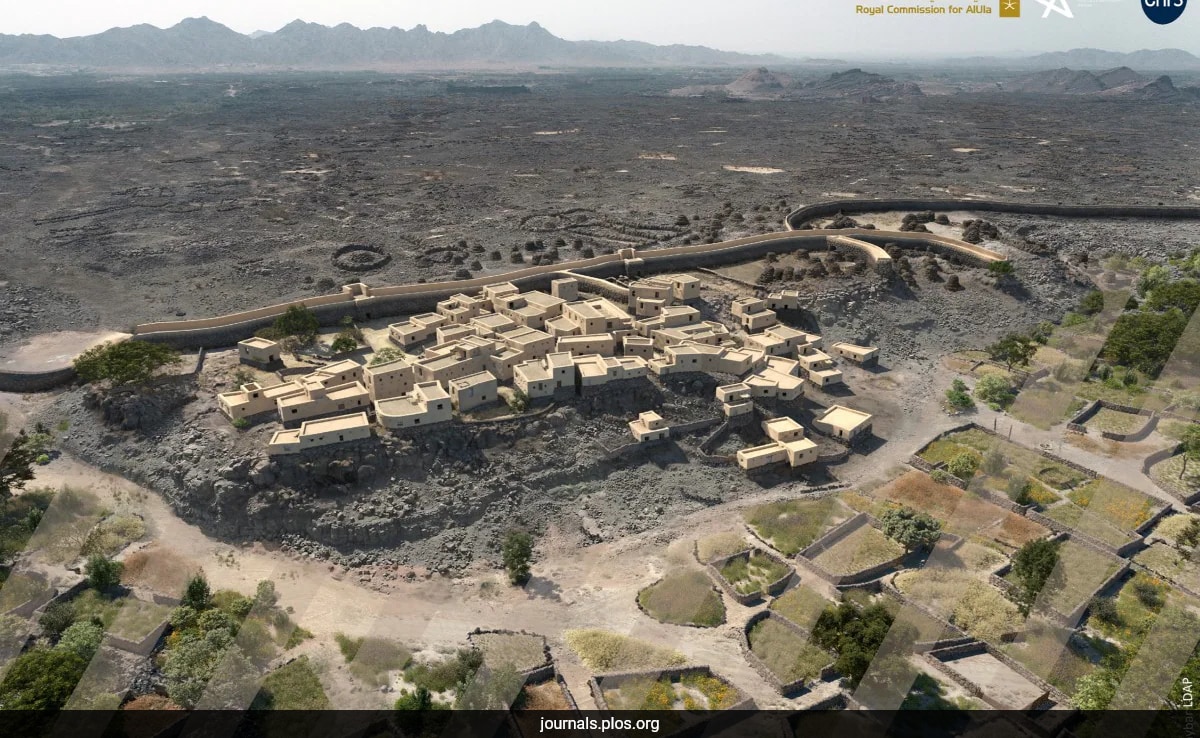
This discovery reveals significant insights into social complexity.
The remains of a 4,000-year-old fortified town in a beautiful oasis in northwest Saudi Arabia have been discovered by archaeologists. This important discovery highlights how ancient peoples transitioned from nomadic to urban lifestyles. The location, called al-Natah, has long been hidden inside Khaybar's walled oasis, a lush region surrounded by dry desert.
French archaeologist Guillaume Charloux and his crew led the discovery, which included an amazing 14.5-kilometer wall. The findings were released earlier this year. These ancient barriers were built around a residential area, offering tangible proof of organized occupancy, according to a recent study published in the journal PLOS One.
Dating back to around 2400 BC during the early Bronze Age, the town is believed to have supported a population of up to 500 residents, highlighting its significance in the region's historical landscape. This discovery not only enhances our understanding of the social and architectural developments of the time but also emphasizes the pivotal shift towards urbanization in this part of the Arabian Peninsula.
According to the authors of the study, "Preliminary archaeological survey and soundings have revealed a fortified 2.6-hectare town built around 2400-2000 BCE that lasted until at least 1500 BCE and possibly 1300 BCE but with possible interruptions, functionally subdivided into a residential area, a probable decision-making zone, and a necropolis."
The nucleated dwellings were constructed following a standard plan and were connected by small streets. By comparison with neighboring oasis centers, the researchers suggest that Northwestern Arabia during the Bronze Age largely dominated by pastoral nomadic groups and already integrated into long-distance trade networks was dotted with interconnected monumental walled oases centered around small fortified towns.
And by comparison with the contemporary situation in the Southern Levant, we also envisage that the archaeological record bears witness to a 'low urbanization' (or 'slow urbanism'), indigenous to North Arabia, evidencing weak but increasing social complexity through the Early and Middle Bronze Ages.
Disclaimer: The copyright of this article belongs to the original author. Reposting this article is solely for the purpose of information dissemination and does not constitute any investment advice. If there is any infringement, please contact us immediately. We will make corrections or deletions as necessary. Thank you.